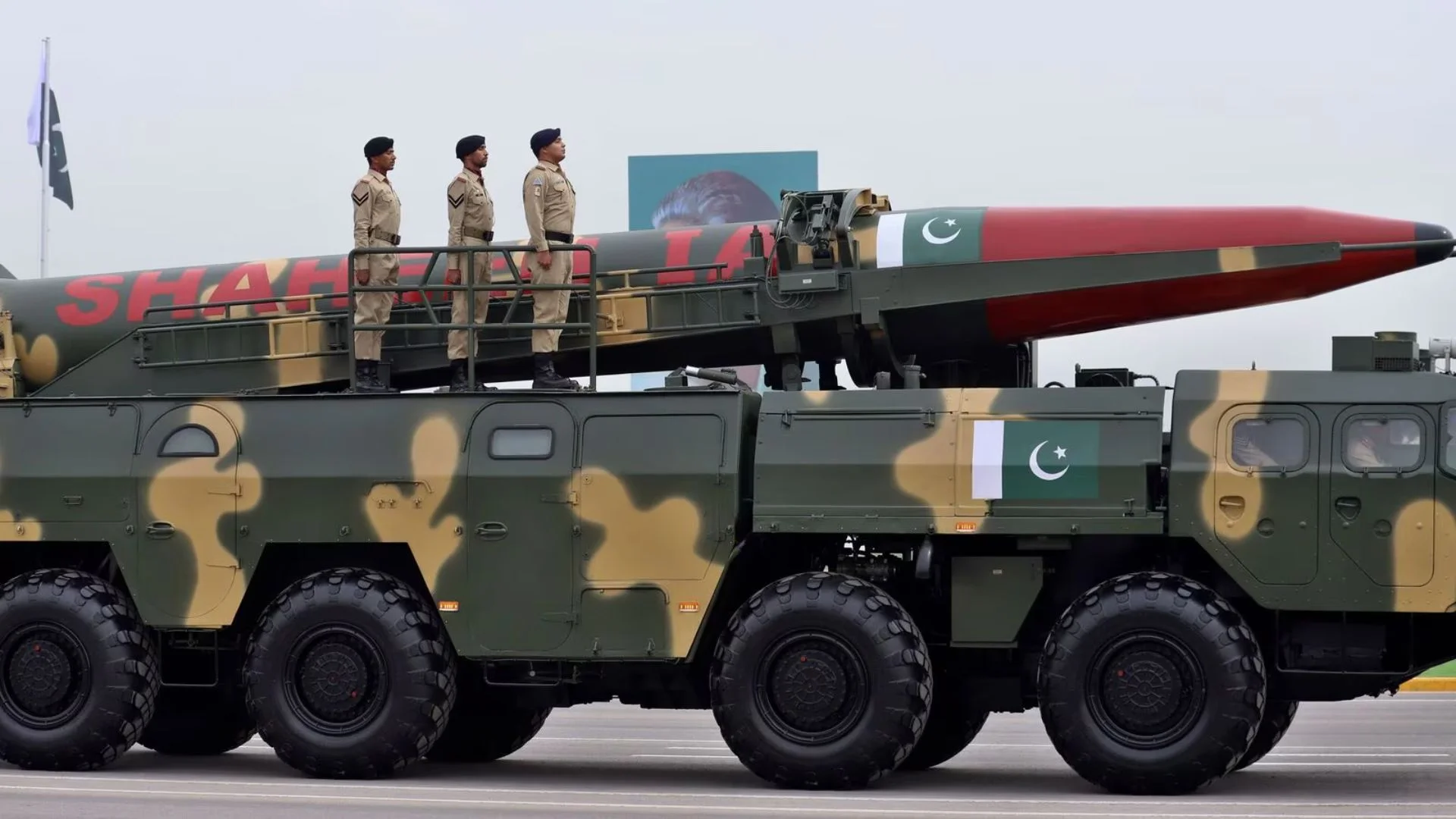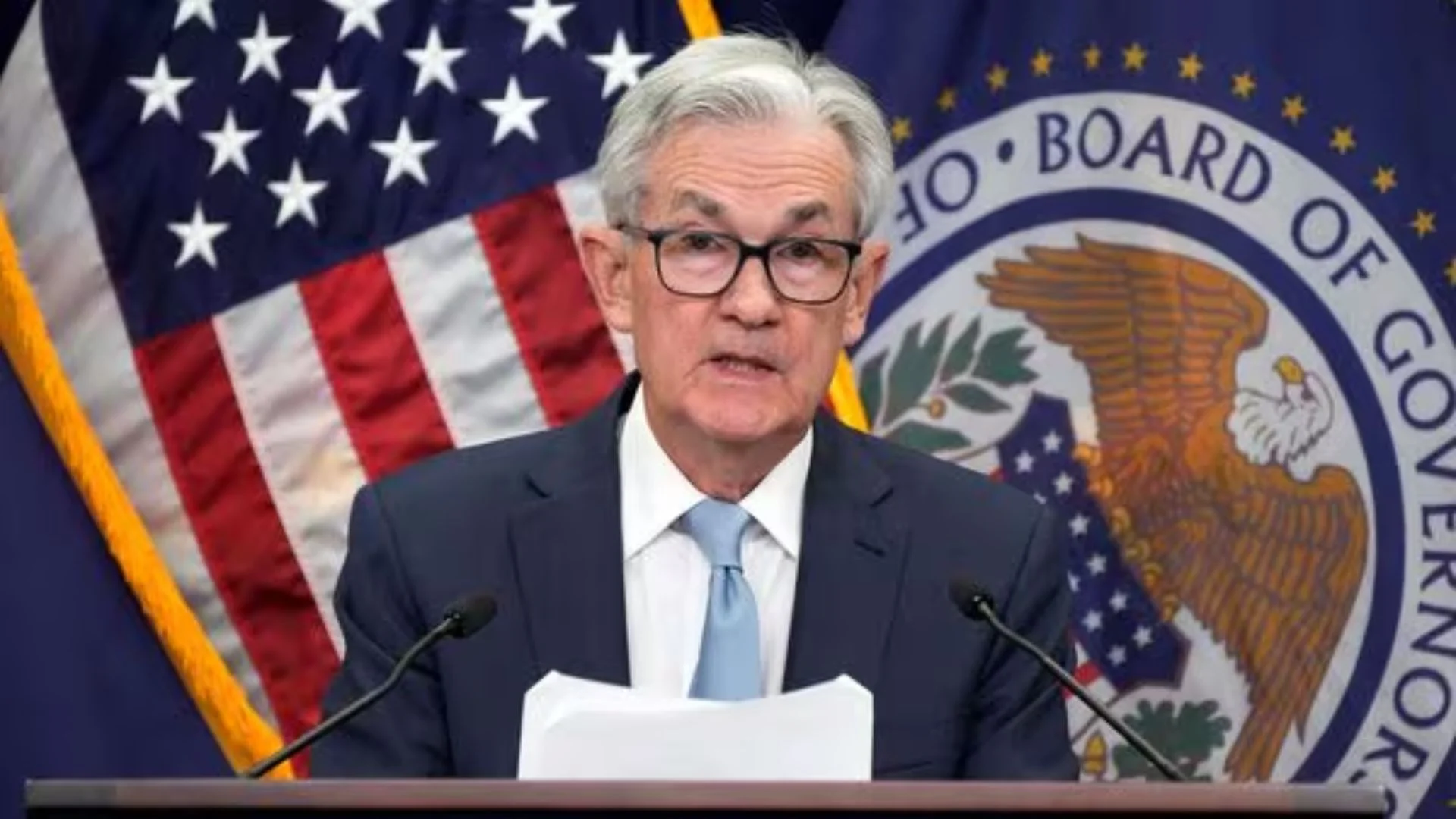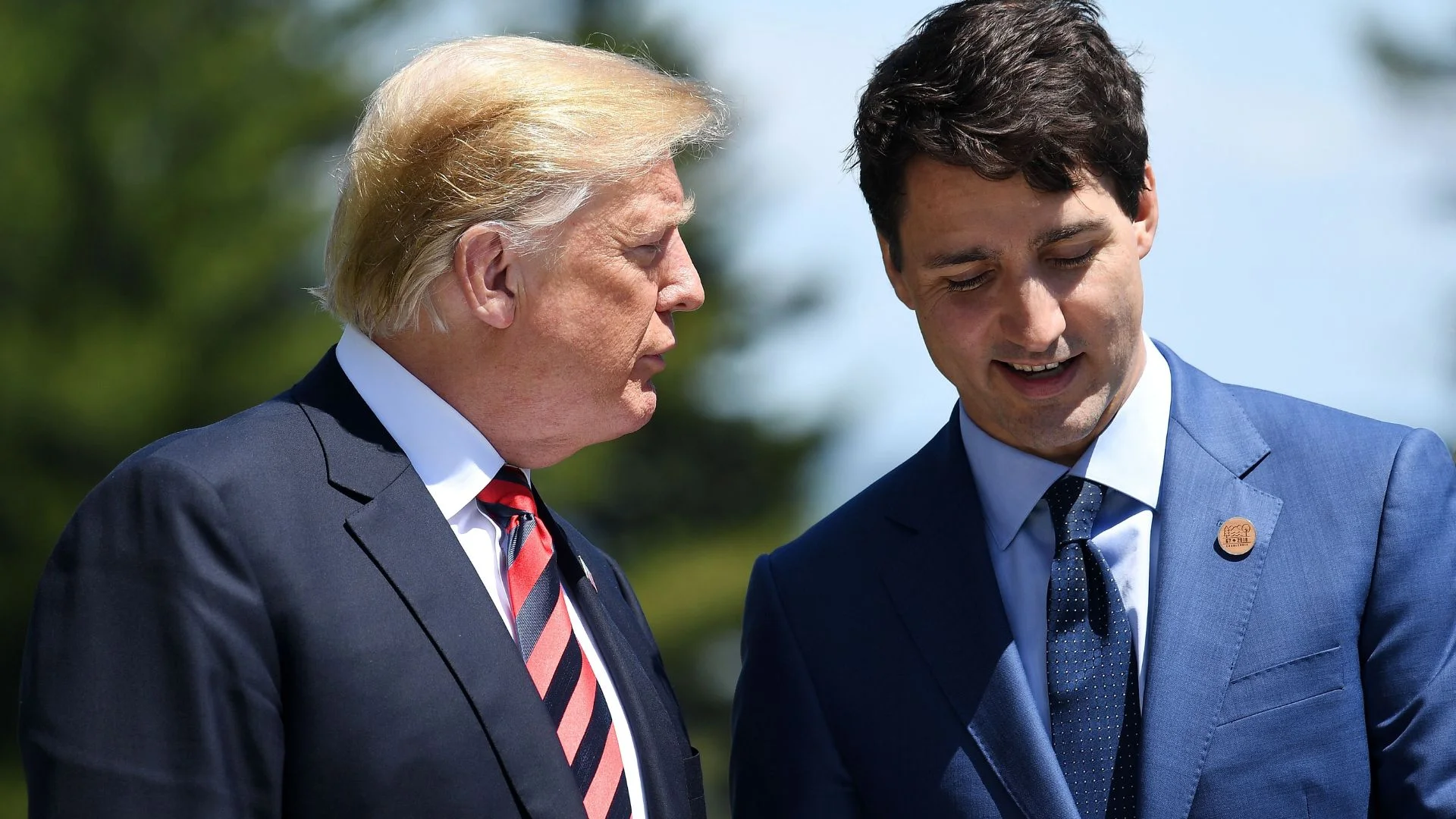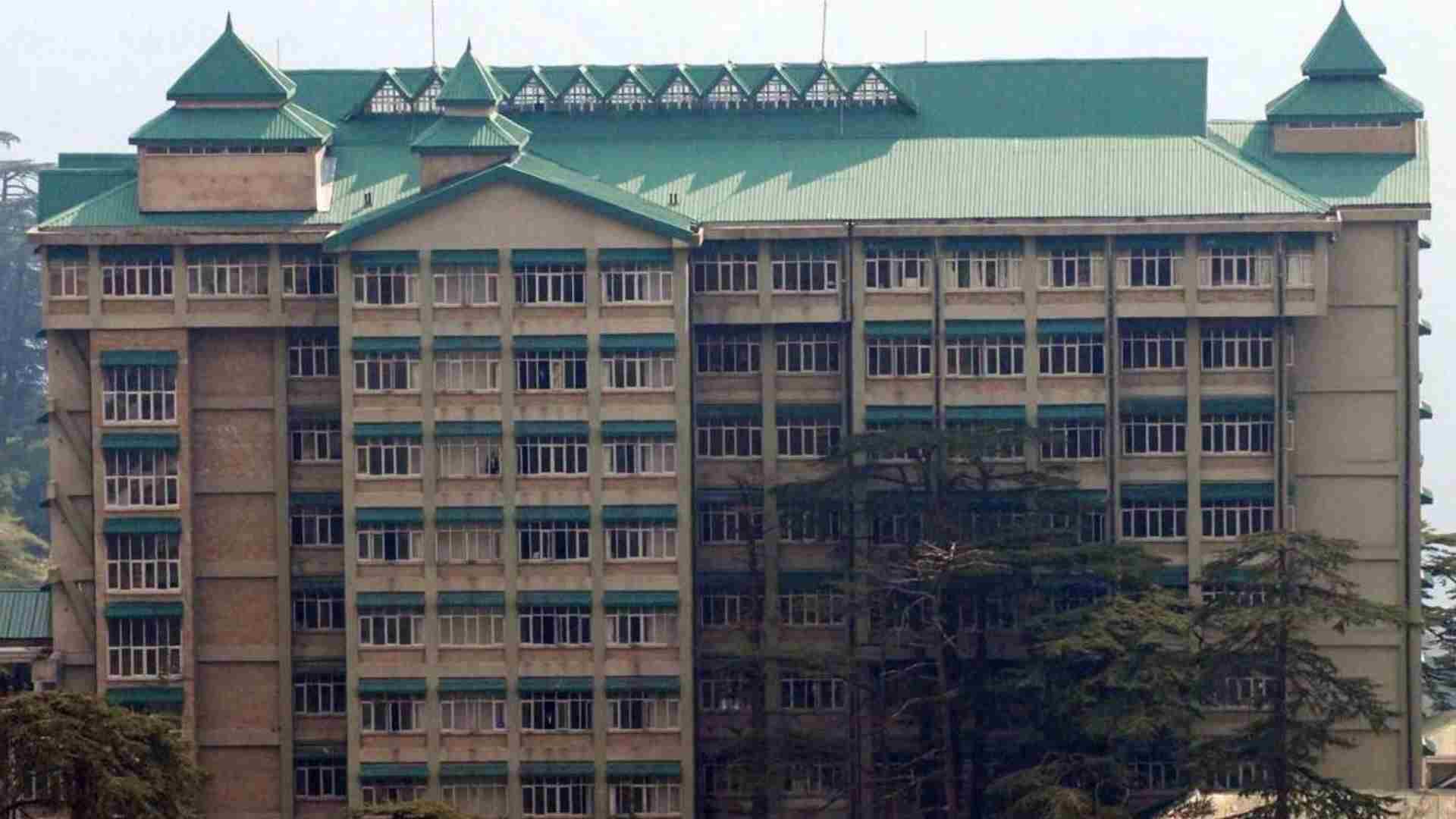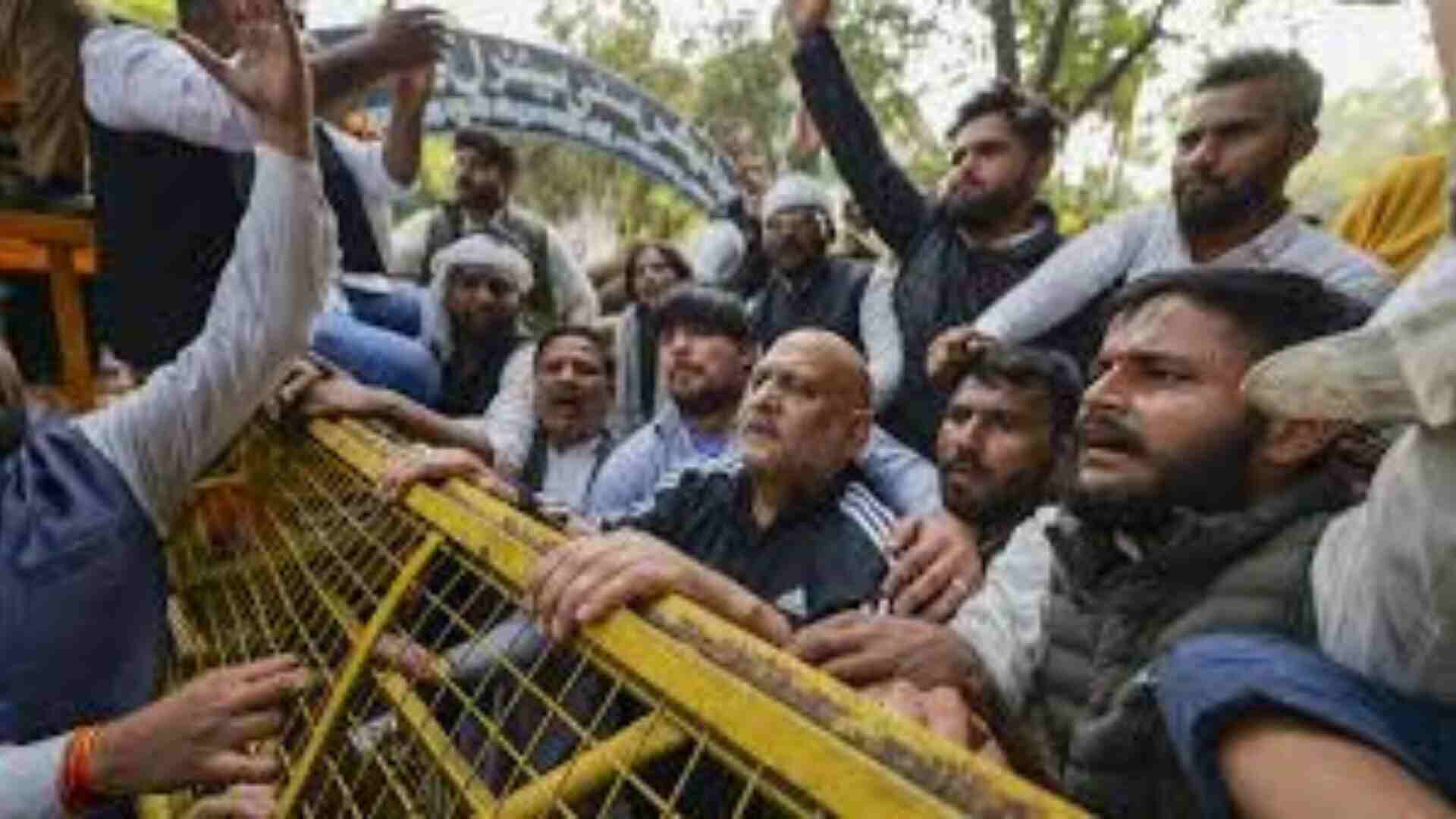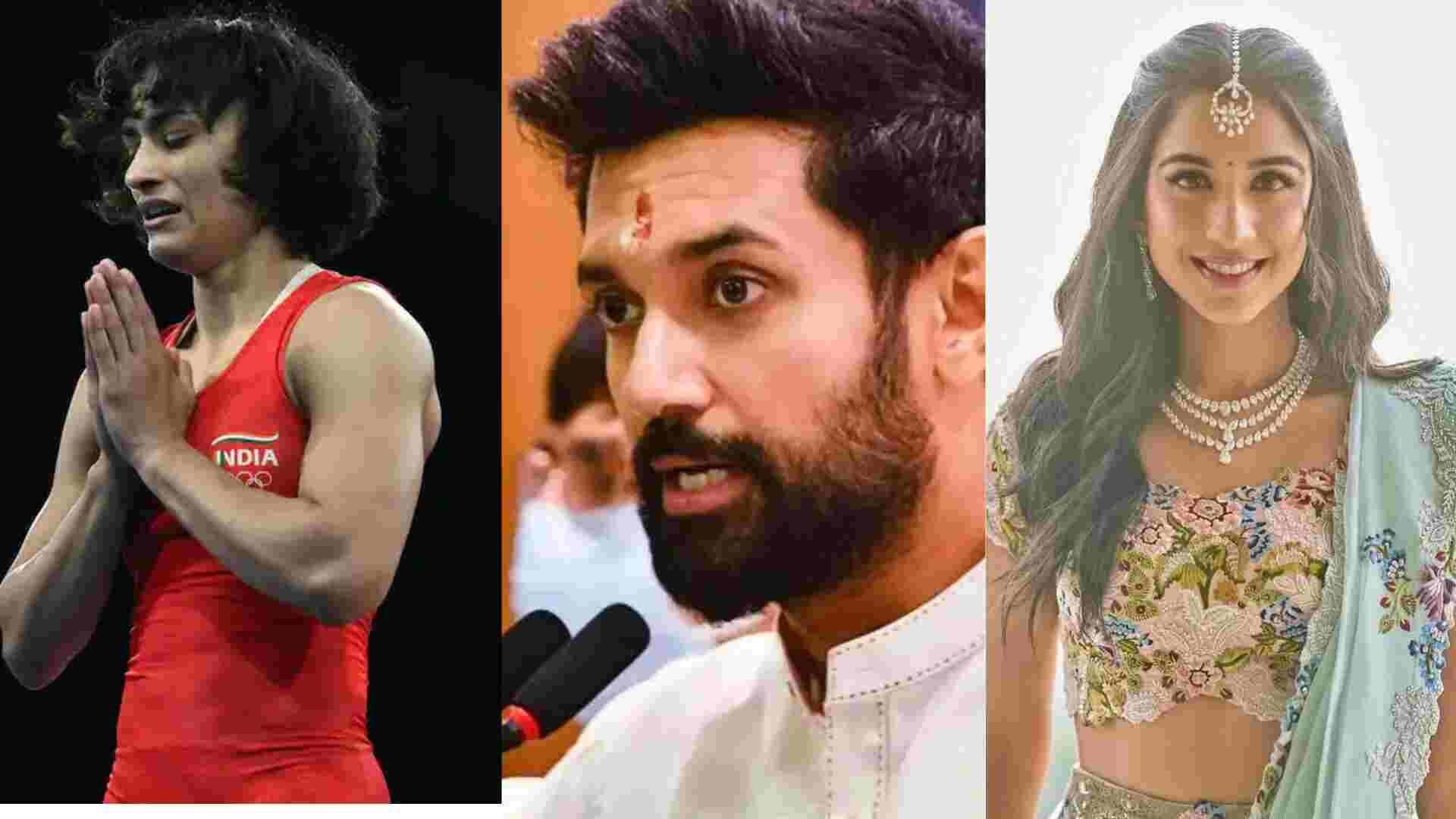
Owing to several tussles between the chief ministers of the states and their respective governors, several Commissions have outlined since Indian Independence about what an ideal relationship between the two should be, the slugfest has continued unabated.
The framers of the Constitution of India had several key intentions when they created the post of governor as the titular head representing the President in each state. One of the primary objectives was to foster harmony between the Centre (the federal government) and the states. This was particularly important in a federal system like India’s, where power is divided between the central government and the state governments.
After the Independence of the country, the spat between the Governors and Chief Ministers has been a common occurrence. The only exception was in the first decade of India’s Independence when there were just nine Governors — jurists Fazal Ali, Muhammad Saleh Akbar Hydari, KN Katju, freedom fighters Jairamdas Daulatram, Sri Prakasa, Sarojini Naidu and administrators Girija Shankar Bajpai, CM Trivedi and VP Menon.
Even though several Commissions have outlined what an ideal relationship between the two should be, the slugfest has continued unabated. Especially when the chief minister is not from the same party that governs the Centre.
Conflicts between chief ministers (CMs) and governors in India have occurred sporadically throughout history. Some notable instances include:
West Bengal Governor Dharma Vira dismissed the Ajoy Mukherjee government in 1967 and installed the Congress-backed PC Ghosh government. Andhra Pradesh Governor Ram Lal’s dismissal of the NT Rama Rao’s government in 1984 was a classic case of how the Governor’s impartiality had been thoroughly compromised.
The interesting point to note is that without exception, political parties have held different views when in opposition and when they are in power. The BJP disliked the Centre’s interference with the state legislative process so much that in its submission to the 1988 Sarkaria Commission, the party suggested that states should be consulted before passing a bill on an item in the Concurrent List.
In the late 1980s, in a rare political collaboration of the Left and the Right — both the CPI(M) and the BJP suggested that governors should be appointed by a panel chosen by the state legislature and the Inter-state Council should be making the appointments. The proposition was summarily dismissed by then ruling dispensation.
The bill mandates employers to have 50% local candidates in management roles & 75% in non-management roles. Industry players say ‘don’t understand’ how you can execute something like this.
Tamil Nadu is no exception to tussles between its Governors and Chief Ministers. The spell of confrontation involving Governor M. Channa Reddy and Chief Minister Jayalalithaa in the mid-1990s stands out in the history of clashes between two constitutional authorities of the State.
When M. Channa Reddy came to Chennai in May 1993 to assume the charge of 17th Governor of the State, the expectation in political circles was that it was a matter of time differences between the Governor and the Chief Minister came to the fore. It was not just because of the fact that the two were headstrong personalities but also due to the political context in which the appointment of Reddy took place.
In the mid-1980s, there was a significant standoff between Prime Minister Rajiv Gandhi and President Giani Zail Singh. During his first term as CM of Madhya Pradesh, Digvijaya Singh had a contentious relationship with Governor Bhai Mahavir. Similarly, in 2015-16, the political crisis in Arunachal Pradesh saw a confrontation between the Governor J.P. Rajkhowa and Chief Minister Nabam Tuki which wen to the Supreme Court.
In 2016, Governor K.K. Paul’s recommendation for President’s Rule was challenged by Chief Minister Harish Rawat.
The matter went to the High Court and later the Supreme Court, which eventually reinstated Rawat as Chief Minister. In Kerala, Governor Arif Mohammad Khan and Chief Minister Pinarayi Vijayan have had several public disagreements. Similarly, in Tamil Nadu, the faceoff between CM MK Stalin and Governor R.N. Ravi has created headlines in newspapers almost daily.
In Tamil Nadu, ever since the death of former chief minister J Jayalalithaa, successive governors Vidyasagar Rao, Banwarilal Purohit and R N Ravi have been accused of exceeding their constitutional brief. While Vidyasagar Rao left Tamil Nadu within a year without much controversy except for a few questionable decisions, Purohit and Ravi have been openly adversarial. Interestingly, the term of K Rosaiah as TN governor till August 30, 2016, went off peacefully perhaps because he was a seasoned politician and a former Congress chief minister from Andhra Pradesh.
These instances demonstrate the recurring nature of conflicts between Chief Ministers and Governors in India’s states. Such conflicts often arise due to differing interpretations of constitutional provisions, political considerations, and the exercise of discretionary powers by the governors. Resolving these conflicts through constitutional means and dialogue is crucial for maintaining the integrity of democratic governance at the state level.
Also, these incidents reflect the complex dynamics between state governments and governors in India’s federal structure. While the Constitution defines their respective roles and powers, conflicts often arise due to differing political affiliations, interpretations of constitutional provisions, and perceptions of interference. Resolving such conflicts is crucial for maintaining stability and effective governance at the state level.
Governors are appointed by the President on the advice of the Central government. Most of those appointed as governors are politicians rewarded for their services to the ruling party or bureaucrats or retired judges who are in sync with the party’s ideology. They apparently see themselves as missionaries and force multipliers to make the ground fertile for the party’s worldview. The skill sets of some of them include using Constitutional loopholes to stymie state governments.
Constitutional framework
As per Article 153 of the Constitution, each state must have a governor appointed by the President. While the governor is the constitutional head of the state, they are expected to act on the advice of the council of ministers. However, governors can exercise independent authority in certain situations, such as matters related to the dissolution of the state assembly or the imposition of the President’s rule.
